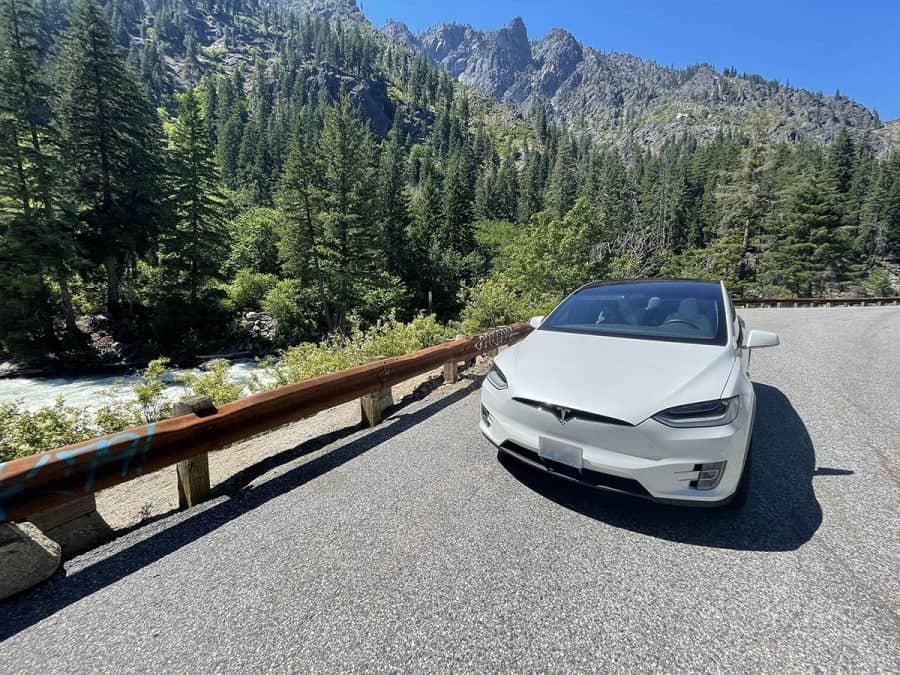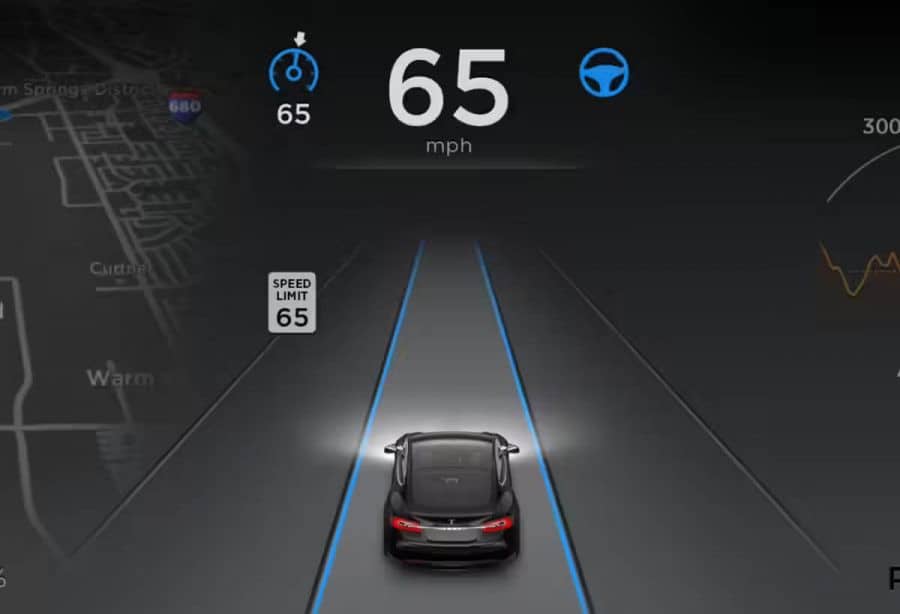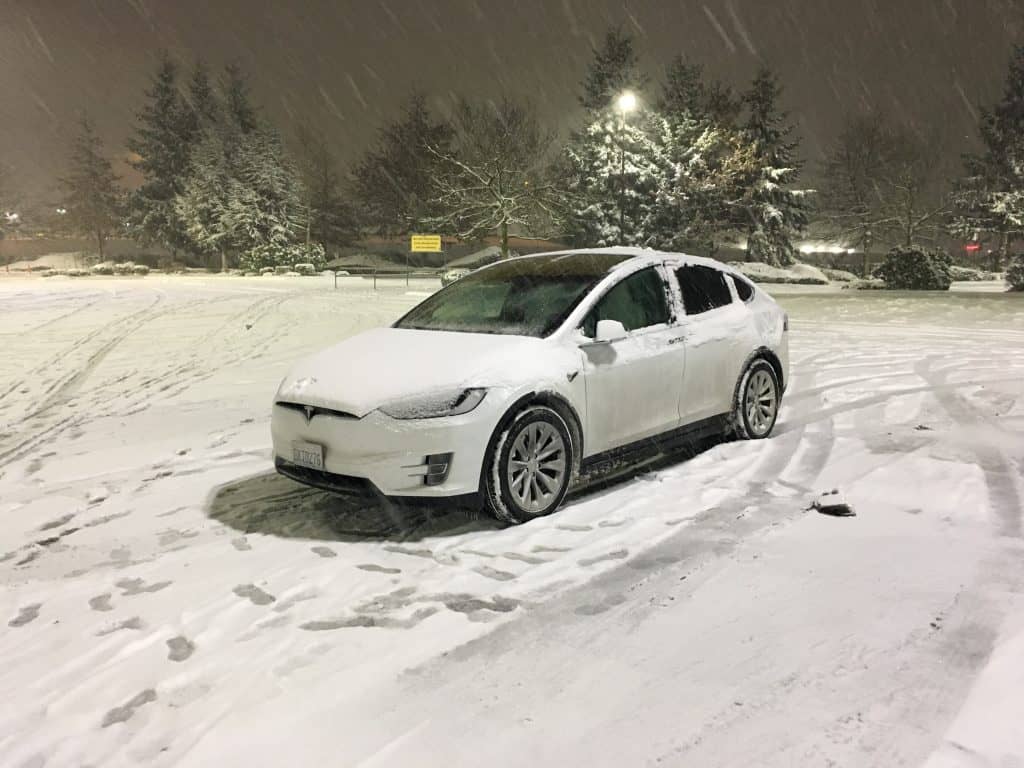How to Road Trip with a Tesla
If you have a Tesla, you already know what an economic and low-impact vehicle it is. Long road trips with Teslas are even more convenient. When road tripping with your Tesla, you simply need to plan your route around available charging stations on the way and enjoy the advanced technology designed to assist you in driving. Road trips with Teslas are a convenient and efficient mode of travel. Read on to discover the perks of traveling in your Tesla and how to make the most of your road trip with their available features and accessories. Tesla’s Route Planning Tool Each model of Tesla has its own built-in road trip planner! This is an easy and useful tool for anyone trying to plan their road trip. You simply enter your location and destination, and Tesla does the rest of the work. Go Anywhere Tool with Tesla The Go Anywhere Tool is much like Google Maps or other navigation systems. Rather than planning the quickest route, it searches for the fastest routes with the most Tesla superchargers and destination chargers available. It’s important to note that this option does not specifically search for hotels or accommodations along your route; you will be responsible for booking these on your own. This tool will route your trip through the locations with the most destination and superchargers available, so you’ll never have to worry about being stranded without power. You may have to adjust your route if there aren’t any available stations, however, or check into non-Tesla charging options (more details on those options below). The Go Anywhere Tool is packed with handy information and provides: Information regarding how long to charge at the station to make it to the destination or next charging station Available on your touch screen display’s Navigation function Customizable routes: you can make adjustments to Tesla’s recommended route Information regarding how many stalls are currently open and what charging rate is available at each For example, entering a starting point of Seattle, Washington, and a destination of San Francisco, California, the Go Anywhere tool provides the following Supercharger station recommendations, assuming a Model 3 Standard Tesla starting with a full charge: 15 min charge in Woodburn, OR 35 min charge in Springfield, OR 30 min charge in Grants Pass, OR 35 min charge in Mount Shasta, CA 20 min charge in Williams, CA You have the option to see available destination chargers at each of these stations as well. The Go Anywhere Tool is designed to be user-friendly and simple, routing you toward Tesla’s own charging stations. Luckily, there are other available options for charging if Tesla stations are not readily available in your desired location. Charging Your Tesla on a Road Trip All Teslas are electric, meaning the usual gas station stops are unnecessary. However, they still require energy, and charging your Tesla will be the most important part of planning your road trip. When planning your route, it’s a good idea to plan your charge stops around your regular meal and bathroom breaks. Some of these chargers will fully charge your Tesla in the amount of time it takes to eat a meal at a restaurant. By doing this, you virtually eliminate the “charging time” you would wait, by engaging in necessary activities (restroom, meals) during that time, your car charges when it would otherwise be sitting empty anyway. As a benefit, most charging stations are located in convenient places for this reason. There are two in-network, Tesla-based options for charging your Tesla on a road trip: Tesla Destination Chargers Tesla Superchargers With either charger, your Tesla Owners app (available on iOS and Android) will provide real-time updates from your car regarding charge level, and you pay for charges from your Tesla owner’s account with both. Tesla claims that they are opening six new charging stations every week, so accessibility is always increasing. Using Destination Chargers to Charge Your Tesla Destination chargers are the most common charging port for your Tesla. They are housed by Tesla’s “Charging Partners” worldwide and trade a charging location for (hopefully) more business, as their charging station is listed on Tesla’s software. There are over 4,500 destination charging stations, with variations in the number of ports available at each station. Some stations may only have 2 or 3 ports, while others can have dozens. These destination chargers are generally found in places where you’d be spending a moderate amount of time, such as: Restaurants Hotels These chargers are the slower of the two options, with an average of adding about 37.5 miles of range per hour of charge. To maximize your time, try to utilize these chargers when you stop overnight or have the time to leave your car for several hours, like when hiking or exploring a downtown area for the day. Another perk of these chargers is that they are usually free to use as long as you are a patron of the facility you are charging (hotels, for example). If you’re on your route and need a quick boost to reach your next overnight stop on your road trip, a supercharger station is going to be the best choice. Supercharging your Tesla on a Road Trip There has been a recent upgrade to charging your Tesla. In addition to the standard Destination Chargers, a Supercharger has been developed. Superchargers have been installed on popular routes and in densely populated areas, such as: Where to Find Tesla SuperChargers Main interstates Parking Garages in urban areas Downtown areas/city centers Grocery stores There are currently over 2,000 Supercharger stations in the US, with over 20,000 individual Supercharging stalls available. This charging station can fully charge any Tesla model under an hour and a half, or roughly 70 minutes. Why Superchargers are Useful With a supercharger, Teslas are designed to charge up to 80% capacity in the first 40 minutes of charging. The rate then slows to protect the battery, but a full charge isn’t necessary. If you find yourself needing a quick
How to Road Trip with a Tesla Read More »




